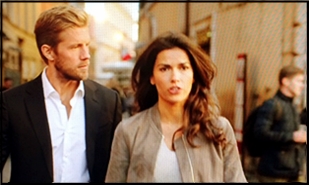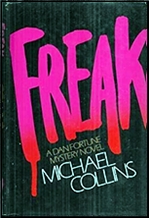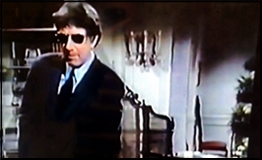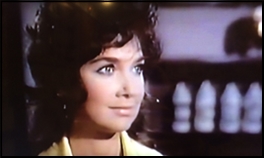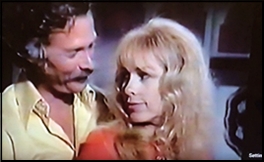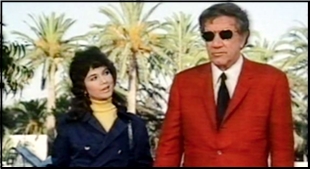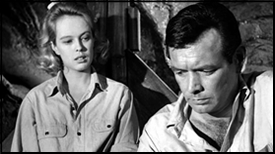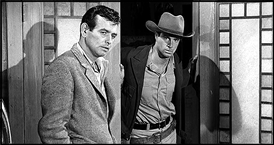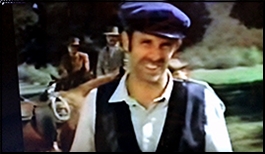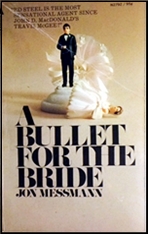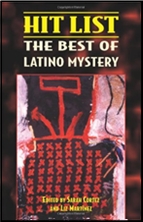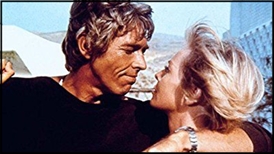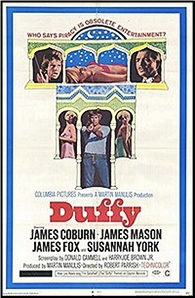Thu 15 Oct 2020
An Adventure TV Review: BLOOD & TREASURE “The Curse of Cleopatra: Parts I & II” (2019).
Posted by Steve under Reviews , TV Adventure[7] Comments
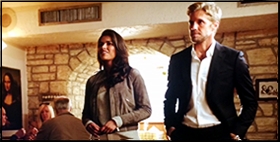
BLOOD & TREASURE. “The Curse of Cleopatra: Parts I & II.” CBS, 2 hours, 21 May 21 2019 (Season 1, Episode 1). Matt Barr as Danny McNamara, a former FBI agent who now works as a lawyer specializing in repatriating stolen art; Sofia Pernas as Lexi Vaziri, a thief and con woman partnered with Danny despite their tortured past; Oded Fehr as Karim Farouk, an Egyptian terrorist leader; Katia Winter as Gwen Karlsson, an Interpol agent assigned to the Farouk case; Michael James Shaw as Aiden Shaw (né Dwayne Coleman), an arms dealer with ties to Farouk; John Larroquette as Jay Reece, a billionaire and father figure to Danny who oversees his effort to stop Farouk’s plans to reunite the sarcophagi of Cleopatra and Mark Anthony to aid his cause. Directors: Part I: Michael Dinner; Part II: Alrick Riley.
Thanks once again to Wikipedia for allowing me to summarize what’s going on in what’s really the first two episodes in last year’s first season of this new adventure series on CBS, or at least the players therein. But I imagine there’s enough meat there in the summary that I needn’t say more about the story.

It seems to have done well enough in the ratings that it warranted renewal for a second time around, but on the basis of what I saw, it’s rather unlikely that be riding along with them. The production values are high, which as it should be, given that filming was done on location: in Montreal, Canada, Rome, Turin, Venice, Italy, Marrakesh, and Tangier, Morocco. The story is mediocre, however, being nothing more than watered down Indiana Jones, and while Sofia Pernas is extraordinarily adequate as eye candy, Matt Marr, her co-star in this venture, other than the inevitable stubble, has no screen presence whatsoever.
I also think the idea of carrying one limp as dishwater story over twelve episodes was a bad idea, but I understand both the logistic and financial reasons for doing so. But carving a pie that’s luke warm at best into twelve slices, all you have is a semi-solid artificially flavored mess, no matter how you cut it.
